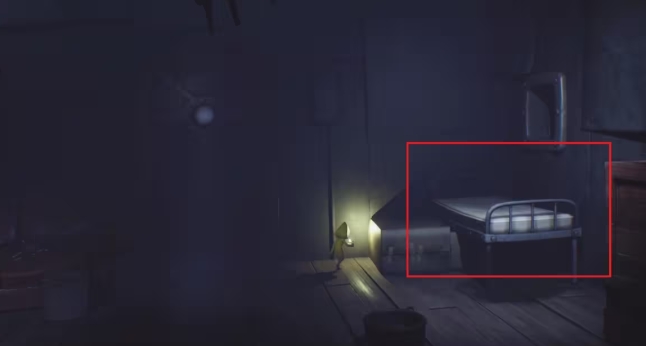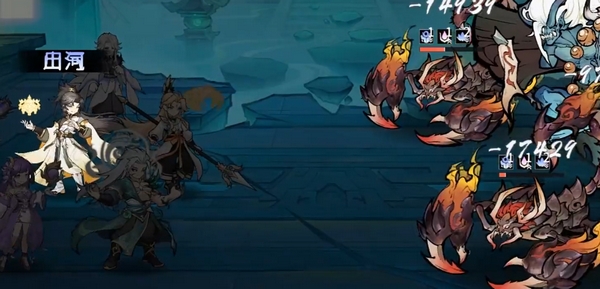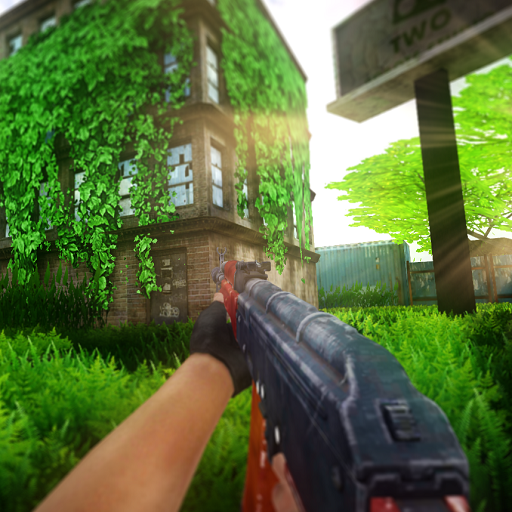In the world of games, there is a uniquely charming work called Little Nightmares, in which many players have immersed themselves in a unique horror experience. However, many players may not know how to discover the gameplay that truly suits their preferences and cannot fully appreciate this game. The Little Nightmares strategy guide is prepared for this reason. For beginners, besides overcoming their own fears, they also need to find many details in the game's visuals.

When players enter this game world, the first important step they face is character selection. Here, it is suggested that everyone should not rush to make a decision but take the time to carefully observe the surrounding scenes. It's important to know that the game is interspersed with many combat plots. When choosing a character, if one can fully integrate the characteristics of the scene, it will give them a significant advantage in subsequent battles. Once a character is selected, moving and exploring on various maps becomes more challenging.
Because as you explore, a variety of terrains and obstacles will appear, requiring players to skillfully use the character's various actions, such as jumping, crouching, running, and sliding, and to connect these operations smoothly. This requires players to constantly practice and adjust during the game. For new players, the prologue of the game is an excellent stage to familiarize themselves with the gameplay, as a single experience of the prologue may not be enough for many players to fully master all the operational skills.

Through repeated experiences, players can gain a deeper understanding of the basic gameplay. In every new scene, there are traps, some of which are hard to spot with the naked eye. When encountering different types of traps, players need to flexibly apply various actions according to the actual situation. For example, when facing relatively ordinary traps, if the player does not want to spend time breaking the trap mechanism, they can easily pass by using the character's jump operation.
In general areas, this method of dodging traps by jumping is feasible, as long as the player times it well and successfully jumps over, they will not suffer any damage. However, the game also has some challenging terrain obstacles, such as high slopes. When players face these high slopes, they will find that they cannot jump up directly and do not have enough momentum to charge up. At this point, it's time to test the player's observational skills. Usually, around such predicaments, the game will set up some movable mechanisms, such as elevator-like devices, where players need to operate these devices to increase their height, or there might be some moveable boxes that players can use as stepping stones to climb up gradually.

Additionally, in the game, players may encounter seemingly dead ends, but do not panic. Under the game design, around these dead ends, there are often hidden props that are key to helping players progress. For example, at some broken bridges, if players look carefully around, they may find ropes or similar props. Then, players can climb up along the rope, thus opening up a new path. As long as players become familiar with the distribution patterns of these hidden props, they can smoothly navigate through the various complex and changing sections of the map.
Furthermore, each level in the game has its unique task requirements, leading to different routes for each level. Some levels may require players to complete tasks within a specified time, while others focus more on puzzles and exploration. Therefore, players need to flexibly adjust their action routes based on the specific objectives of each level. For those who are easily frightened or want to focus more on solving puzzles, they can choose to turn off the sound effects when playing the game.

Finally, the difficult achievements in the game are currently the most challenging parts. One of the tough combat achievements requires players to complete the game within less than 1 hour without dying, which sounds extremely challenging. Because in the game, passing through a chapter without dying requires very high operational skills and concentration. And when a player unfortunately dies, they can restart by replacing the folder, which, although providing some room for error, still poses a considerable challenge.
There is also an elusive achievement that requires, in Chapters 2, 3, and 4, to escape from an enemy trying to catch the player six times. This achievement is relatively easier because sometimes even if the player is caught, as long as the white eye icon appears in the lower right corner, it still counts as a completion. However, this achievement conflicts with the tough combat achievement because players are likely to die during the process. Besides, there is the Jumping Dock achievement, which requires jumping six times on the bed encountered in the 1st, 2nd, and 3rd main storylines, and the Six's Song achievement, which requires running back and forth on the piano keys in Chapter 2.

The above is the entire content of the Little Nightmares strategy guide. If everyone hopes to find tips for completing the game, then the above content is worth a careful read. Remember to complete these achievements as they are the final goals to achieve.



















